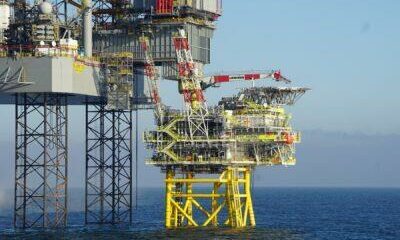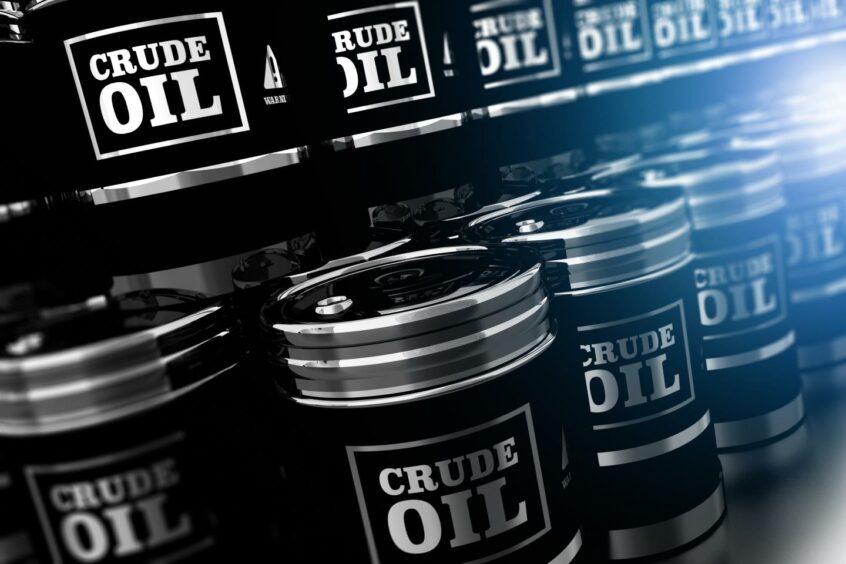Energy industry experts have delivered their verdict on the likely impact of a new windfall tax price floor on North Sea oil and gas producers.
Changes announced by the UK Government last Friday will see the energy profits levy (EPL), or windfall tax, vanish if average wholesale oil and gas prices fall to or below, $71.40 per barrel and £0.54 per therm respectively for two consecutive quarters.
Oil is currently trading at around $75 a barrel, while gas is about 60p per therm.
Claire Angell, partner and head of energy tax for professional services firm KPMG in the UK has warned “forward price curves” suggest oil and gas prices are unlikely to fall to the trigger point for abolishing the EPL.
And even the government’s own Office for Budget Responsibility projections suggest the new price floor will not kick in before a “sunset” deadline for the tax in March 2028.
Impact on investment ‘likely to be positive’
Neivan Boroujerdi, upstream oil and gas research director at energy consultancy Wood Mackenzie (WoodMac) said: “The change could have wildly different bearings on companies and projects, according to where they are in the investment cycle.
“The impact on debt facilities and short-term investment is likely to be positive, even if it does not remove the long-term uncertainty that has engulfed the sector.”
The EPL has been criticised for creating an unattractive market for investment, with Offshore Energies UK chief executive David Whitehouse warning the levy “threatens to drive investment out of the UK altogether”.
What if oil and gas prices rise?
It is also unclear what will happen if volatile commodity prices start to rise again.
Graham Kellas, senior vice-president, global fiscal research, WoodMac, said: “Our understanding is that if the EPL is abolished as a result of lower prices, there is no mechanism for its reintroduction if prices were to rise again sharply in future.
“It is hard to believe the government would watch (oil) prices return to $100… or more and not feel the need to intervene again, kicking off another cycle of fiscal disruption.”
‘Step in the right direction’
Aberdeen and Grampian Chamber of Commerce welcomed the decision to introduce a price floor as a “step in the right direction”. But it also warned the move “will do little to reverse the worrying trends” in the industry.
Energy industry doyen Sir Ian Wood described the new price floor as a “modest step” towards a more stable fiscal regime
North Sea operators TotalEnergies and Habour Energy, which had previously announced job cuts and blamed the EPL, have said they will reassess business plans.
Supermajor Shell said: “The price floor should help to improve investor confidence in the UK North Sea, which will remain crucial to maintaining Britain’s energy security in the coming years as we manage the orderly transition to a lower carbon energy system.”
Meanwhile, Paul de Leeuw, director of Robert Gordon University’s Energy Transition Institute has warned there is still a question mark over whether the UK North Sea is a good place for big energy firms to invest their cash, “given the competition we have with other basins”.



Conversation